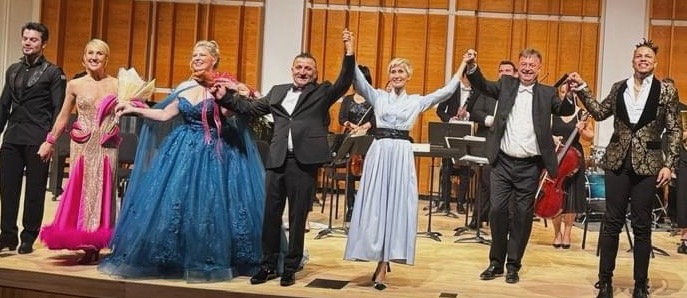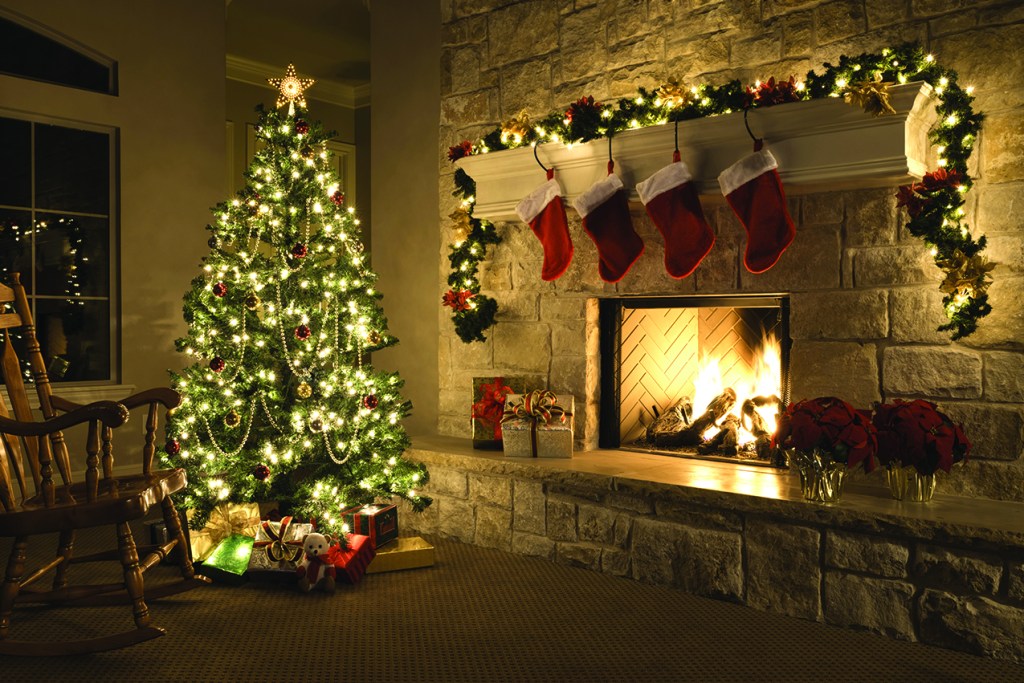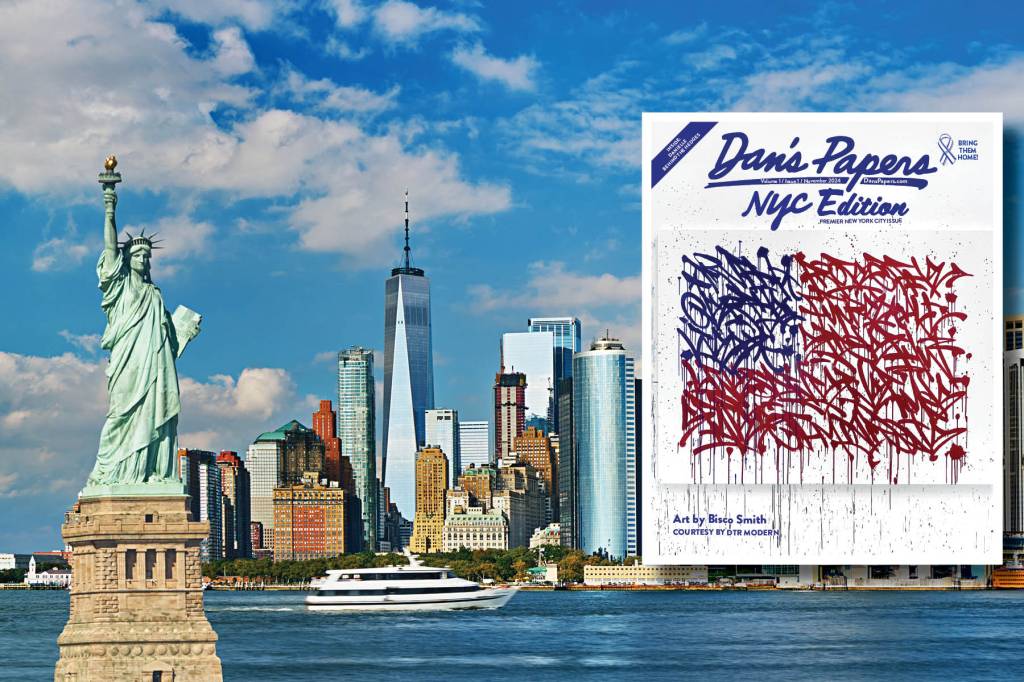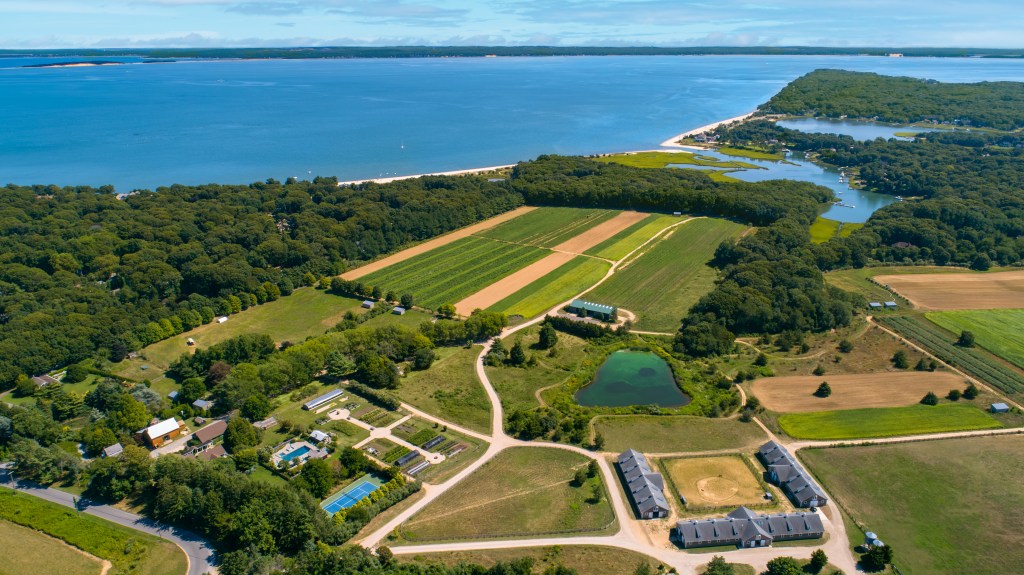Art Commentary: Charlotte Park, Approving a Legacy
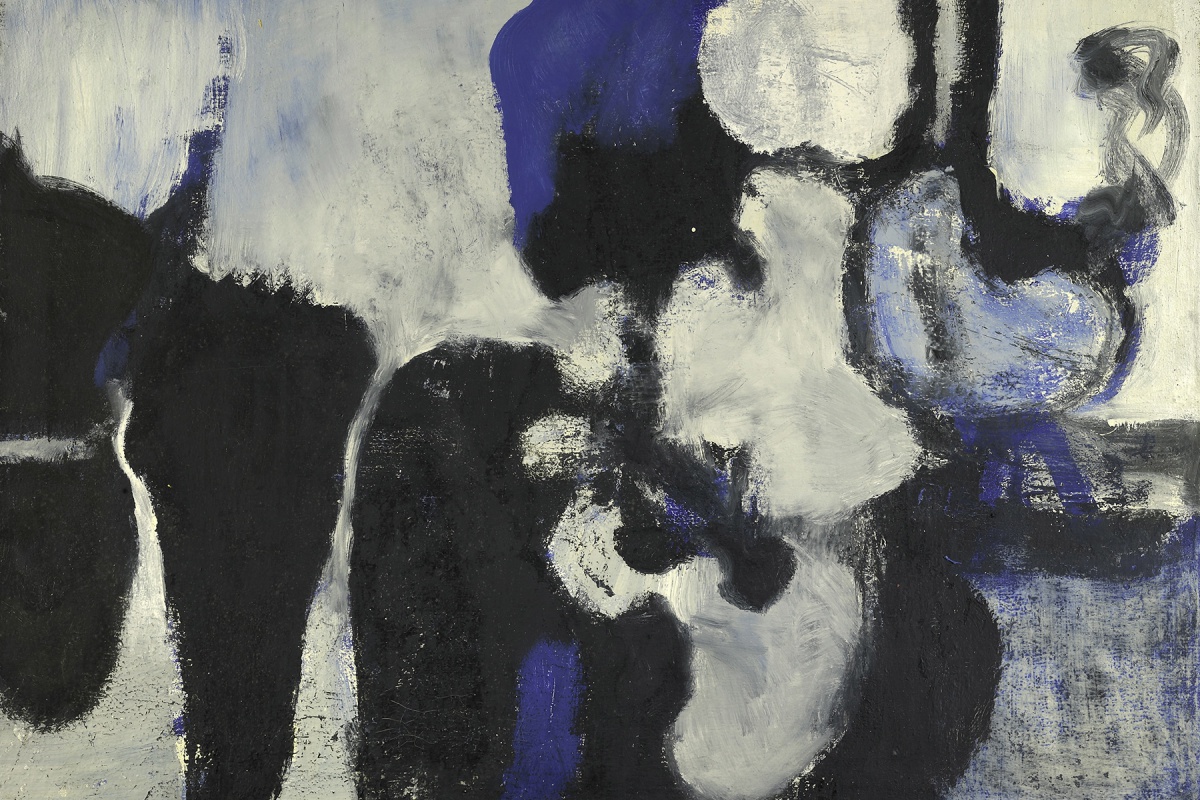
While the current exhibition at East Hampton’s Pollock Krasner House celebrates the legacy of Charlotte Park, recent articles in the local newspapers evoked her legacy again, although in a somewhat different way. It seems that the Springs home and studio once occupied by Park and her husband, artist James Brooks, face possible demolition. True, the house is in a state of disrepair, the couple having bought the property during the 1950s; however, the importance of preserving the artistic heritage of people like Park and Brooks is significant as is saving the Springs’ neighborhood where Jackson Pollock and Lee Krasner also lived.
Park and Brooks shared other things with the former couple besides being neighbors and friends. For example, both Park and Krasner were artists in their own right who encouraged their husbands to a great degree, yet, according to some people, Park was more supportive, giving up showing her work for 15 years before starting again in the 1970s. Until then, Park had shown at New York’s Stable Gallery during the 1950s, known for its solo exhibitions of abstract expressionists; she had her first one-person show at Manhattan’s Tanager Gallery in 1957. Perhaps it was because women were not readily accepted in the Abstract Expressionism movement, but Park had to wait over 50 years for major recognition.

Park’s works at the Pollock Krasner House convey her signature traits that critics have recognized from her early works to the present time: bold use of forms, rhythm and texture; assertive juxtaposition of planes, shapes and images. Critics wrote significantly about her process, stating that, “her paint appeared viscous, rather than fluid or stained. In some of her paintings, she scraped the surface or built it up with a palette knife, revealing ghost images or covering them with another layer of paint.”
For this critic, however, another aspect of Park’s work is revealed: her biomorphic emphasis. Not everyone will agree with this observation, because not everyone sees the same thing, particularly in abstract work. Yet, the presence of biomorphic images may be apparent to some viewers, just as they were for artists like Barbara Hepworth, Roberta Matta and Yves Tanguy whose works evoke living forms and use organic shapes. Hepworth, especially, mirrors natural configurations seen in her sculpture garden in St. Ives, England.

Biomorphic images take diverse forms in Park’s work that are on display. For example, “Number 25” (1951) seems to be a human face indicated in the middle of the black and white painting, yet it possibly has an animal’s body. A human face-like image appears again in “Lament” (1950), an oil on canvas. Dense figures dominate “Parade,” a small work defined by its orange and red colors. Is that a person or an animal that stands out in “Untitled,” a gouache on paper? These biomorphic images may be a product of imagination, but they appear to recur, nonetheless, representing Park’s signature aspects of bold forms, rhythm and juxtaposition of shapes.
The exhibition by Charlotte Park will be on view until Oct. 31 at the Pollock Krasner House (830 Fireplace Road, East Hampton). Call 631-324-4929.

